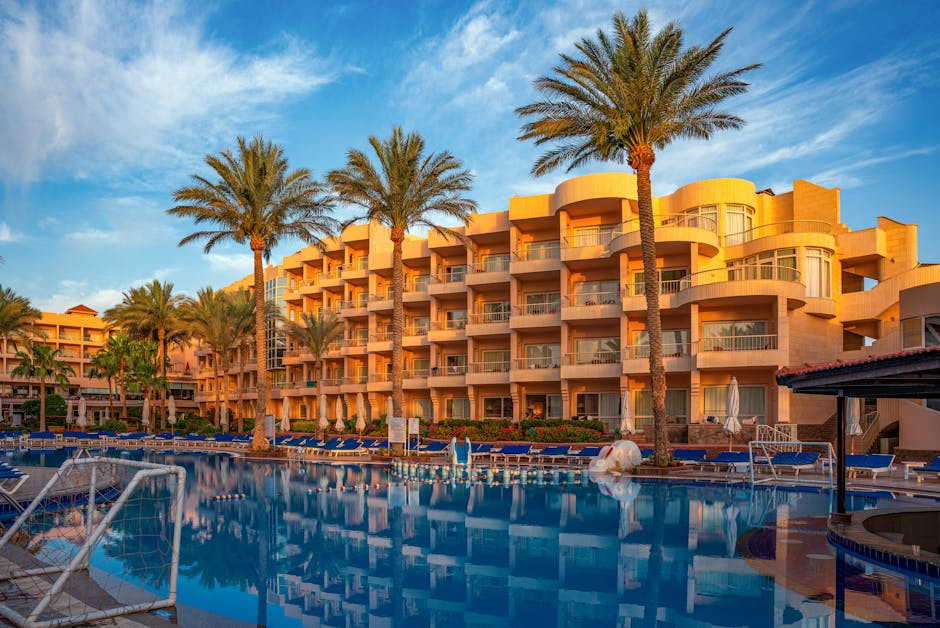Decoding Hotel Star Ratings: What Do They Really Mean?
So, you’re planning your next trip and scrolling through hotels. Each listing proudly flaunts a star rating: three stars, five stars, maybe even a rare seven-star claim. But what do these ratings actually mean? Are they universal? Are they even accurate? Let’s pull back the curtain and decode what hotel star ratings are trying to tell us, so you can make better decisions on your next getaway.
What Exactly Are Hotel Star Ratings?

At first glance, you might think star ratings are a universal ranking system. Five stars mean luxury, one star means basic, right? Well, not exactly. The meaning of these stars varies depending on who’s assigning them and where in the world you are.
In many countries, governments or tourism boards set official star-rating criteria. For example, in France, hotels are rated by the Ministry of Tourism, and their standards are fairly strict. A five-star hotel there must meet over 200 criteria, including amenities like 24/7 reception service, multilingual staff, and room service. Meanwhile, in the United States, private organizations such as AAA or Forbes Travel Guide provide ratings based on their own evaluation systems.
The lack of a global standard means that what qualifies as a four-star hotel in one country might only scrape three stars in another. This discrepancy is something to keep in mind while browsing booking platforms.
Breaking Down the Stars
The general framework for star ratings usually follows a basic pattern, though remember, these aren’t set in stone globally. Here's a rough guide:
- 1 Star: These hotels offer the bare essentials, think budget motels or small inns. Don’t expect fancy decor or extra services; it’s all about functionality here.
- 2 Stars: Slightly more comfortable than one-star options, two-star hotels may offer basic amenities like TVs or free Wi-Fi but still prioritize affordability over luxury.
- 3 Stars: The middle ground often includes properties with modestly upgraded decor and additional services like on-site dining or fitness rooms. Great for travelers looking for comfort without breaking the bank.
- 4 Stars: Now we’re talking upscale. These hotels usually feature elegant interiors, high-quality furnishings, and multiple services like spas or concierge desks.
- 5 Stars: Luxury in every detail, think fine dining restaurants, personalized service, plush bedding, and extensive amenities that make your stay unforgettable.
It’s worth noting that some hotels push beyond five stars into unofficial territory, like Dubai’s iconic Burj Al Arab claiming seven stars. While impressive, such claims are more marketing ploys than actual ratings recognized by any governing body.
The Role of Online Booking Platforms
If you’ve used websites like Booking.com, Expedia, or TripAdvisor, you might have noticed that their star ratings don’t always align with official classifications. Why? Because many platforms use customer reviews and their own algorithms to create star ratings independent of traditional standards.
This can be both helpful and misleading. For instance, a highly-reviewed three-star hotel might appear alongside four- or five-star establishments because customers loved the service or cleanliness. Conversely, a poorly-reviewed five-star hotel could rank lower on your search results despite its lavish facilities.
This is where user reviews play a significant role. While the official rating gives you an idea of amenities and services available, customer feedback often paints a more accurate picture of what to expect during your stay.
Amenities vs. Experience
A common misconception about star ratings is that they reflect quality rather than features. In reality, many systems focus on tangible amenities (such as whether there’s an elevator or how many towels you get per guest) rather than subjective aspects like staff friendliness or ambiance.
This explains why some older luxury hotels struggle to maintain high ratings despite offering exceptional service. If they lack modern perks like USB charging ports or smart TVs, their score might take a hit even if guests rave about their experience.
For this reason, it’s essential to consider both the amenities listed under a hotel’s description and reviews from previous guests before booking your stay. For example: Does the hotel claim to have “free breakfast”? Check reviews to see if guests found it satisfying or just pre-packaged muffins on a counter.
How to Use Star Ratings Wisely
Now that we’ve unpacked what goes into those little gold stars, how can you use this knowledge when booking your next trip? Here are some practical tips:
- Know Your Priorities: Are you looking for luxury amenities like spa treatments and gourmet dining? Or do you just need a clean bed and good Wi-Fi? Understanding what matters most to you helps narrow down your options quickly.
- Cross-Check Reviews: Don’t rely solely on star ratings; read recent guest reviews for insights into cleanliness, service quality, and unexpected fees.
- Compare Across Platforms: A hotel might be listed as three stars on one site but four on another. Check multiple platforms to get a broader perspective.
- Factor in Location: A five-star resort might sound amazing until you realize it’s an hour away from where you want to be. Balance luxury with convenience based on your itinerary.
Hotel star ratings serve as useful guidelines but aren’t the definitive measure of quality they’re often assumed to be. Understanding how these ratings are assigned (and knowing their limitations) can save you from disappointment and help you choose accommodations that truly meet your needs. Whether it’s an opulent five-star suite or a cozy two-star inn with glowing reviews, what matters most is finding a place where you’ll feel at home during your travels.
This article was generated by AI